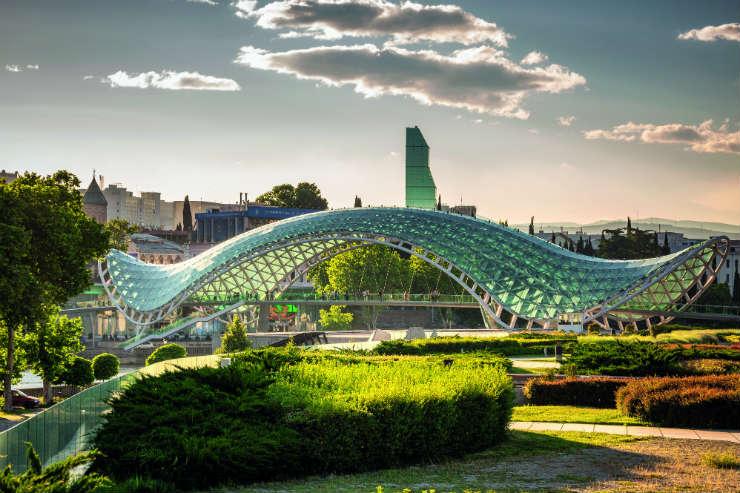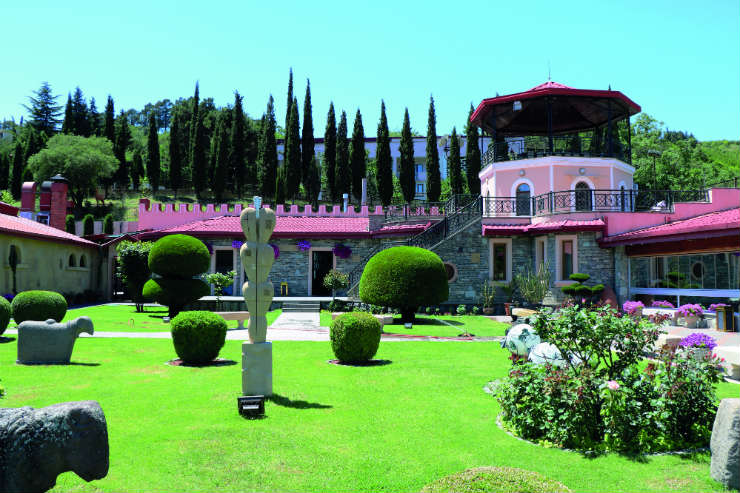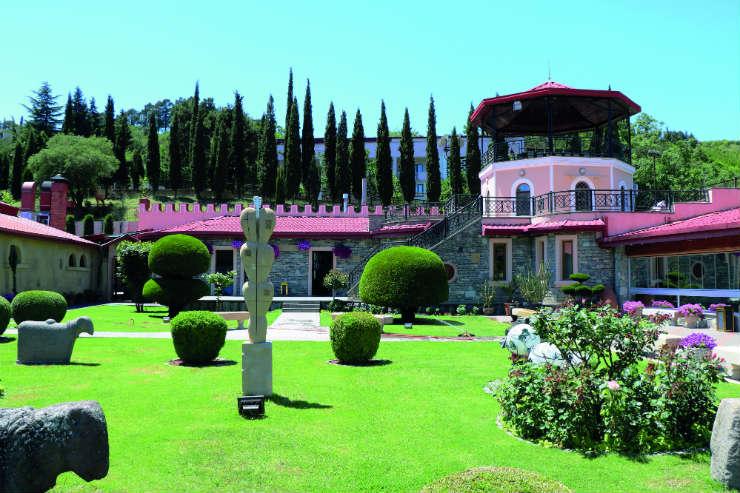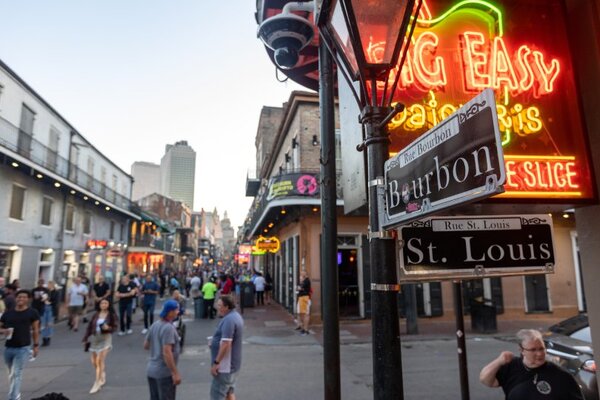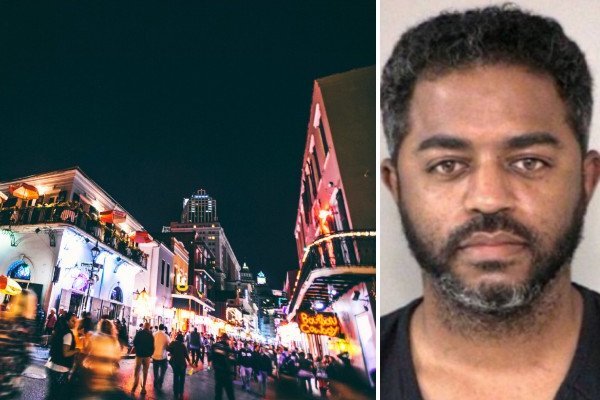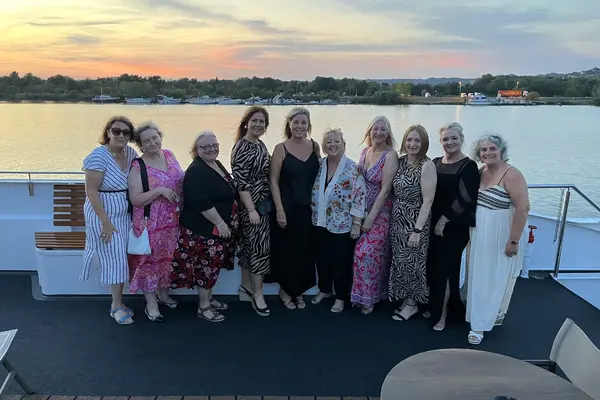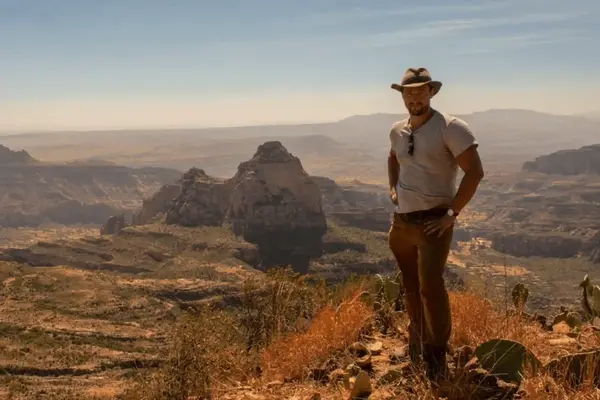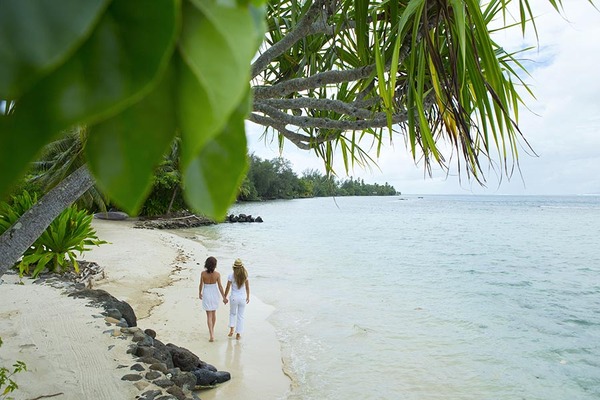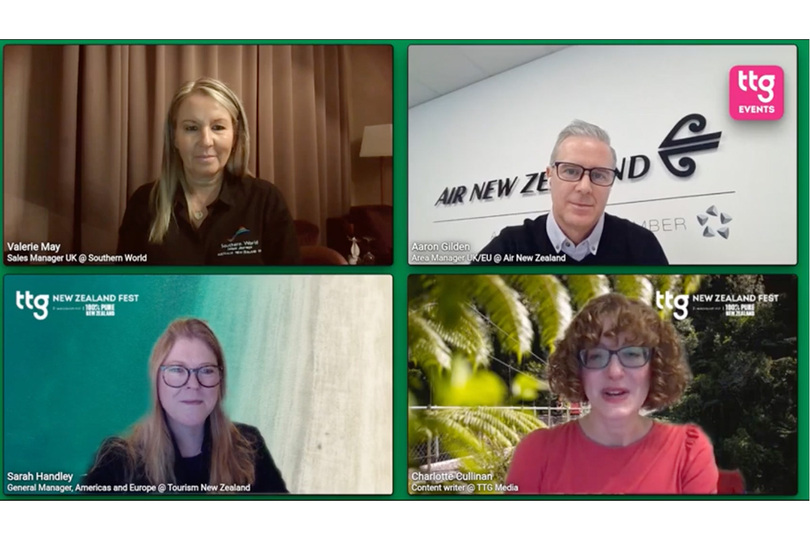Georgia on my mind: Discovering the country's undiscovered appeal
Situated between Europe and Asia, Georgia celebrates 100 years of independence next month. Mike Pickup discovers the country’s allure and advises that clients pack loose clothing to accommodate the local culinary hospitality
Independence Day, May 26, marks Georgia’s 100th anniversary. Emerging from Russian domination in 1991, Georgia – the country rather than the US state – has pursued its independence and pro-western policies.
Today it’s a delightful mix of modern and traditional life, ideal for those looking for a dash of culture to spice up their visit. Tourism is growing in popularity so it’s worth visiting before the crowds arrive.
With Russia to the north and Turkey to the south, Georgia is about the size of Ireland and has an estimated population of five million. The capital, Tbilisi, is now served by direct flights from London.
It’s easy to get around and there are the usual hop-on, hop-off tours, but if clients want to venture outside Tbilis i they will need a car unless they are on an organised tour.
Arriving at my hotel and tired from travelling I’m not in the mood for much more but my guide, Vladimir, takes me to Tsiskvili on the edge of the city.
He says it’s for dinner but it’s an entire Georgian experience – a feast complete with dancers and entertainment. I sit with others at a table so heavily laden with food I’m not sure how I am going to cope.
There’s khachapuri, breads dripping with melted cheese and butter for which Georgia is famous, steaming beef dumplings which I eat with my fingers, and salads with walnuts and herbs.
What I don’t realise is this is just for starters. We hardly make an impression on the dishes when more start arriving; soups, beef stews, kebabs, chicken cooked in milk and garlic, heavily spiced ratatouille, hot cornbread and delicious fish dishes all weigh down the table; then puddings.
I later learn this is normal Georgian hospitality – you might want to suggest that clients take loose clothing to accommodate it all.
The meal is accompanied by a large choice of wines. One of the oldest wine-producing regions in the world, Georgians have been making wine for more than 8,000 years by burying grape juice underground in earthenware containers. It produces excellent vintages that are enjoyed by locals and visitors alike.
Pre-Christian culture
Next morning I set off for the cave town of Uplistsikhe. Built high on a cliff in Kartli and overlooking the Mtkvari river it’s one of the earliest settlements in Georgia, dating back around 3,000 years, and was a major centre in the pre-Christian era.
At its peak it was home to an estimated 20,000 people, but the focus moved to other cities with the arrival of Christianity.
A small basilica from the ninth and tenth centuries sits at the top of the caves. The climb is tricky and clearly there are no health and safety regulations, but treading carefully I make it to the top.
From there I head north through the Caucasus Mountains towards the Russian border.
I visit Ananauri with its amazing churches, then head on to Kazbegi. Here, spectacular scenery includes the Dariali gorge and Gveleti waterfall. I enjoy two days in the peaceful and dramatic countryside.
My route back to Mtskheta for lunch takes me through Gori, the birthplace of Joseph Stalin, leader of the Soviet Union from 1924 to 1953. Georgians are not proud of Stalin and Vladimir is reluctant to stop. However, I persuade him to let me spend a short time there.
Protected by a Grecian-style structure is a small wooden house where Stalin was born in 1878 and lived for the first four years of his life.
His personal Pullman railway carriage is also on display; armour plated, it weighs more than 80 tons. There is also a museum containing many of his personal effects.
Then it’s time for lunch. Not only do I enjoy another feast, this time at the Gujari restaurant, I also spend time in the lovely gardens, full of statues, imaginative topiary and spectacular views.
Medieval centre
Mtskheta itself dates back to the fifth century BC and was Georgia’s capital for 800 years. A small but bustling pedestrianised town, it’s popular with visitors and dominated by the Svetitskoveli cathedral.
The first cathedral on the site was built in the fourth century but the present structure was built some 700 years later. Subject to numerous invasions, the cathedral features a defensive wall.
Vladimir tells me this is where Jesus’s robe is buried.
It’s claimed a local Jew, Elias, was in Jerusalem when Jesus was crucified, purchased the robe from a soldier and brought it home with him where he was met by his sister Sidonia. She was so overcome with emotion when touching the robe that she died and was buried with it.
Later a huge tree grew on the burial site, which was chopped down to make the foundations for the church.
Then it’s back to explore Tbilisi on foot. The city derives its name from the old Georgian word ‘tbili’ meaning ‘warm’ and is a reference to the hot sulphur springs producing three million litres a day that have led to the construction of a number of spa bath houses, recognisable by their dome-shaped roofs.
It sits astride the Mtkvari river and is almost completely surrounded by mountains. The most spectacular of the river crossings is the modern Peace Bridge. Covered in a bow- shaped steel and glass structure, it’s illuminated at night by thousands of small lights.
In contrast, overlooking the river is a rocky outcrop, one of the earliest inhabited areas of the city. King Vakhtang Gorgasali erected a palace and church here in the fifth century and there is a statue of him mounted on a horse next to the Metekhi church.
I stroll down the main street, Rustaveli Avenue. It’s home to the state Opera and Ballet Theatre, Rustaveli cinema, Youth Palace and the old Parliament building, as well as many shops and restaurants.
Later, in the evening, I take the popular funicular railway up to Mtatsminda, 700 metres above sea level, where I find a large amusement park and restaurants.
I have dinner on a terrace overlooking the city – yet another lengthy Georgian feast – and wonder if my clothes will ever fit me again.
Book it: Regent Holidays can offer an eight-day tailor-made Cultural Landscapes of Georgia tour from £2,100pp based on two sharing. The price includes Georgian Airways flights, accommodation, some meals, transfers, a local English-speaking guide throughout and a copy of the Bradt Guide to Georgia. regent-holidays.co.uk

